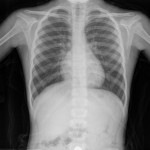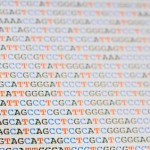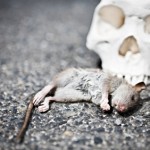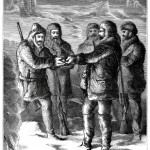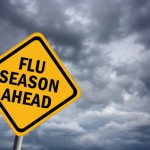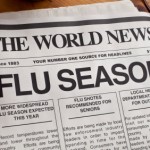It's rare to have a "coup" in medicine, but one of mine happened just over 15 years ago. In mid-May of 1993 I was making rounds with my two staff Nephrologists and their Internal Medicine residents when I heard about a disease that had just been discovered in New Mexico. I was the "old man," the Commander of the Keesler Air Force Base medical center near Biloxi, not as current in my medical reading as my junior docs, so when I ventured a guess this would turn out to be a different Hantavirus syndrome and mentioned I have saved articles on the illness in my "War File," nobody paid much attention.
Several days later the CDC announced an unknown virus, presumed to be a Hantavirus, was causing a highly lethal pulmonary syndrome. There was an immediate scramble to borrow my War File.
El Nino had brought more rain than usual to the Four Corners area in the Fall of 1992 with a resultant growth of nuts, seeds and berries. Some of the local wild animals, including the deer mice, had markedly increased their population numbers.
The initial known victim was a young, physically fit Navajo man who had abrupt onset of breathing difficulties, was taken to a hospital and died soon afterwards.
Then it was found that his fiancé had also died, only a few days prior, with nearly identical symptoms. Another victim from the same locale and then a cluster of five others, reported independently, led to a massive effort to discover the cause. More cases turned up and 80% died.
Each had started with nondescript symptoms...fever, chills and muscle aches, but then they swiftly developed shortness of breath, low blood pressure and abnormal chest x-rays typical of Acute Respiratory Distress Syndrome (ARDS). That could be caused by any major injury to the lungs...trauma, severe infections, chemicals.
The short list of possible causes included Hantavirus and some of the blood samples from patients showed antibodies to several subspecies of those. No known member of the group could be be grown initially, and the causative agent was titled, Sin Nombre, "Nameless." The new disease was named Hantavirus Pulmonary Syndrome, HPS. A laboratory test was developed to allow identification of the infecting virus from autopsy tissues and the deer mouse through its urine and droppings was thought to be the vector for the spread of the disease.
By the end of 2011, 587 cases have been reported in 34 states, with New Mexico, Colorado and Arizona leading the pack. Only 3 a year are seen in western Canada. Individuals with HPS and some outbreaks have been noted in a number of South American countries as well as Panama. Stored lung tissues from people who had died years back were examined and a Utah man who had ARDS in 1959 was found to test positive for the new virus which had eventually been grown by the Army's research lab.
Other viruses with other vector species have been reported to cause HPS. Some involve features overlapping with HFRS. An associate professor at Johns Hopkins has used satellite images to develop "risk maps" for outbreaks.
With current death rates at 35- 40%, presumably due to better handling of fluids given patients as well as discovery of milder cases, HPS is still a horrific disease.
But at least there has been no known instance of person-to-person spread.


